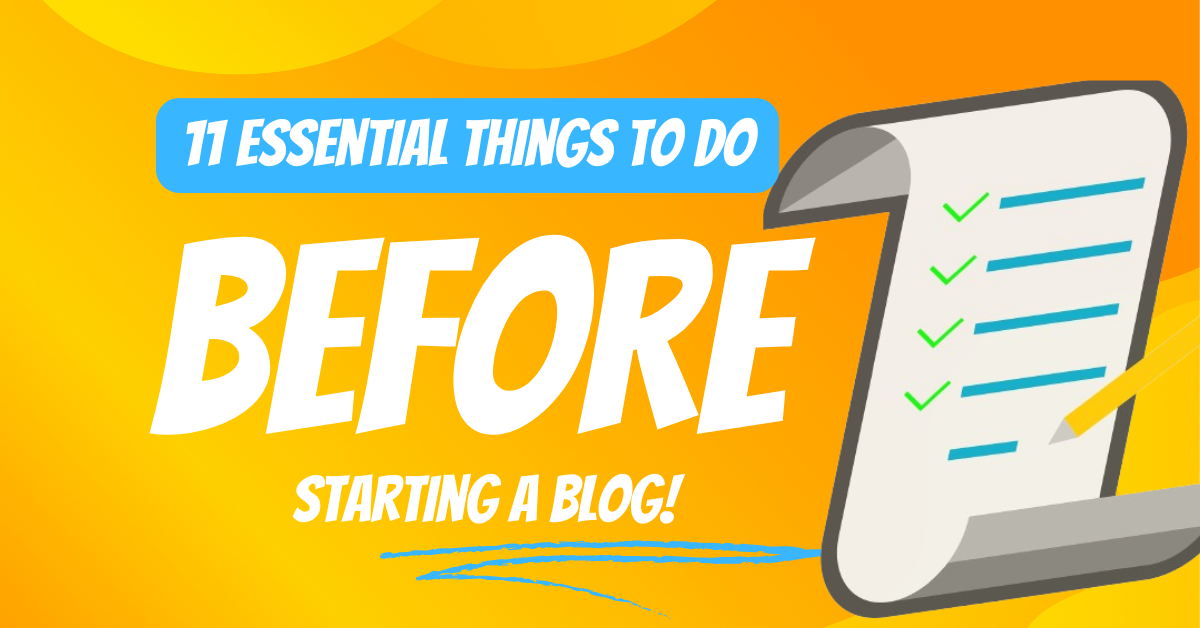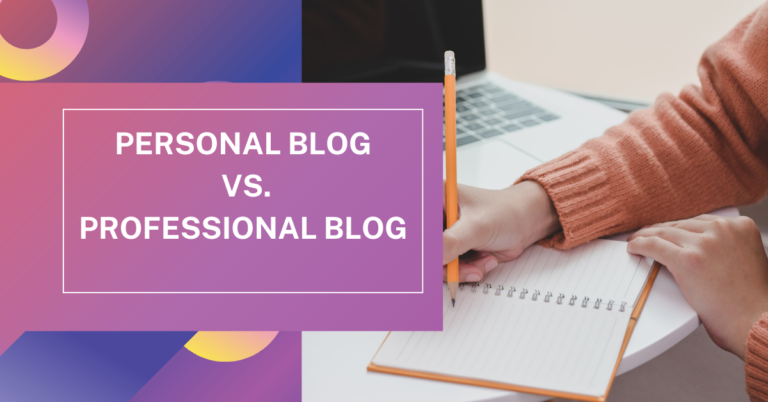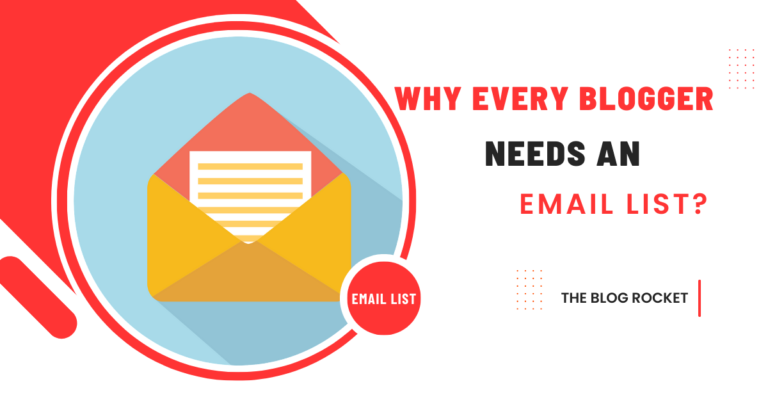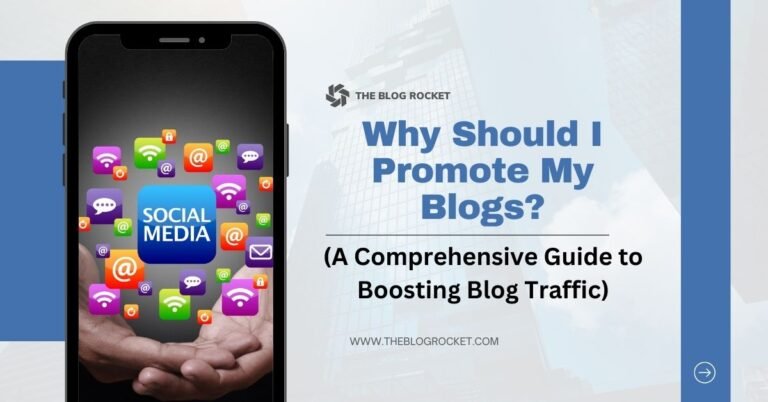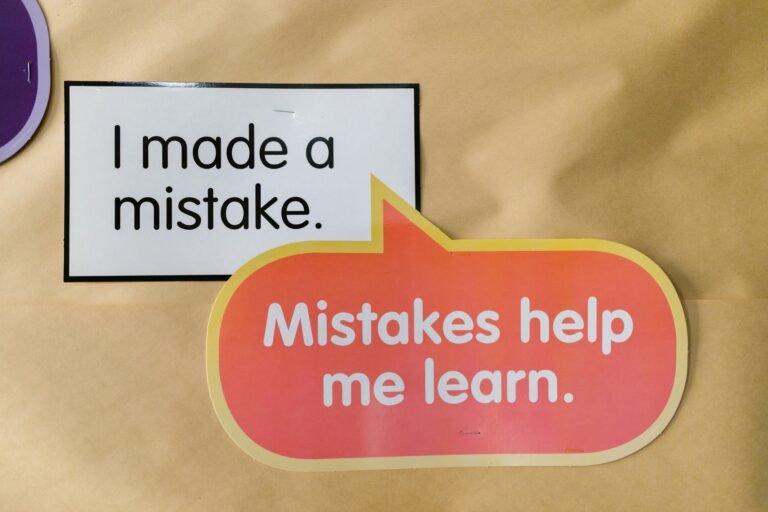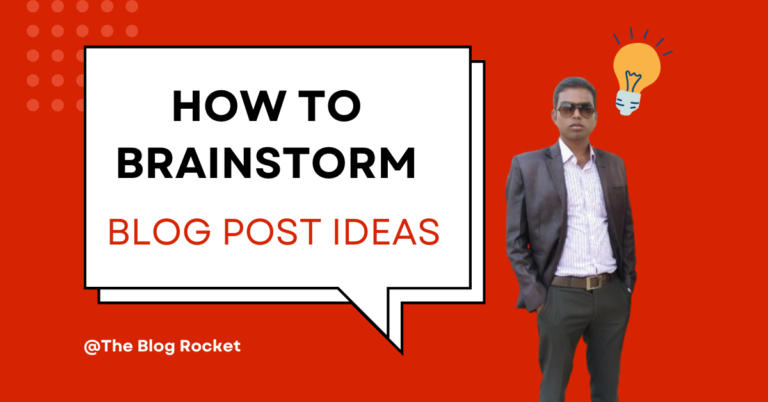Are you considering starting a blog in 2024 and wondering what essential steps to take before diving in?
If you’re reading this, you’re toying with the idea of starting your blog. Let me tell you, it’s an exciting journey. But before you dive in, there are some essential steps you need to take to set yourself up for success.
When I first started my blog, I wished someone had laid out all the essential steps in one place. I had no idea what I was doing. I remember sitting in my room, staring at my laptop, and feeling overwhelmed by all the possibilities and decisions. Should I focus on SEO? How do I choose the right blog niche? Do I need a fancy website design? These were just a few of the questions swirling in my mind.
Fast forward a few years, and I’ve built a successful blog with a loyal audience. Along the way, I’ve learned a lot about what works and what doesn’t. So, if you’re wondering where to start, let me share some personal anecdotes and tips to help you kickstart your blogging journey.
First, let’s discuss the importance of choosing the right blogging platform. When I began, I was torn between several options. Eventually, I settled on WordPress because of its flexibility and the vast number of plugins available. Trust me, picking the right platform can save you a lot of headaches down the road.
Another thing I wish I had known earlier was the value of content planning. Initially, I wrote blog posts on a whim, leading to inconsistency and burnout. Now, I swear by having a content calendar. It keeps me organized and ensures that I’m consistently delivering valuable content to my readers.
Lastly, consider the power of networking. Connecting with other bloggers in your niche can provide you with invaluable insights and support. I’ve made some great friends through blogging communities, and they’ve been a source of motivation and inspiration.
So, whether you’re just starting or looking to refine your approach, these tips are designed to help you navigate the early stages of your blogging journey. Let’s dive into the 11 essential things you need to do before starting a blog in 2024. Your future self will thank you!
Disclaimer: Some links on this page are affiliate links. If you click through and purchase, I may earn a commission at no additional cost. I only recommend products I use and believe in.
Contents
- 1 11 Essential Steps for Starting a Successful Blog in 2024
- 1.1 1. Choose the Right Niche Before Starting Your Blog in 2024
- 1.2 2. Research Competitor Blogs Before Starting Your Blog
- 1.3 3. Think About How You Will Structure Your Blog
- 1.4 4. Brainstorm Blog Post Ideas
- 1.5 5. Plan How Your Blog Will Make Money
- 1.6 6. Decide If Your Blog Will Be Hosted or Self-Hosted
- 1.7 7. Decide on Hosting
- 1.8 8. Decide on a Business Name (URL)
- 1.9 9. Check the Availability of Social Media Handles
- 1.10 10. Set Up Essential Pages
- 1.11 11. Install Necessary Plugins and Tools
- 2 Final Thoughts
11 Essential Steps for Starting a Successful Blog in 2024
1. Choose the Right Niche Before Starting Your Blog in 2024
Why Choosing the Right Niche Is Important
When I started a blog, the most important decision I had to make was choosing my niche. Your niche is the specific topic or industry your blog will focus on, and it’s crucial to pick one that you’re passionate about and can consistently create content around.
Choosing a niche is like selecting a long-term partner. You’ll be spending a lot of time together, so it needs to be something you genuinely enjoy. Additionally, a well-chosen niche helps you stand out in the crowded blogging world and attract a dedicated audience.
How to Choose the Perfect Niche
- Passion: Write about something you love. Blogging requires dedication; if you’re passionate about your niche, it will reflect in your content. This will motivate you to keep going, even when it gets tough.
- Expertise: While you can wait to be an expert, having some knowledge or a willingness to learn is key. Readers are looking for valuable insights; if you can provide them, they’ll keep coming back.
- Audience Demand: Research whether there’s a demand for your niche. You don’t want to pick an obscure topic no one is searching for. Use tools like Google Trends or Keyword Planner to see what people are interested in.
For example, I’m passionate about blogging and helping others succeed online, so I chose blogging as my niche. But I didn’t stop there—I researched sub-niches within blogging to find a specific angle I could dominate.
Learn More >: How to Choose the Right Niche for Your Blog
2. Research Competitor Blogs Before Starting Your Blog
Why Researching Competitors Is Key
Before you dive into writing, it’s essential to know who your competitors are. When I was starting, I spent a good amount of time researching successful blogs in my niche. This research helped me understand what works and what doesn’t, which topics were saturated, and where there were gaps in the market.
What to Look For During Research
- Identify Top Blogs in Your Niche: Start by searching for the top blogs in your niche. Look at their content, design, audience engagement, and monetization strategies.
- Analyze Their Content: What topics do they cover? How often do they post? Which posts get the most comments or shares? This can give you insights into what content resonates with readers.
- Look for Gaps: Could you cover something they need to cover? They could all focus on beginner content, and you could target more advanced readers. Finding a gap can help you carve out your own space in the niche.
- Check Their Social Media Presence: How active are they on social media? Which platforms do they use? This can give you ideas for promoting your blog.
One tool I found extremely helpful was SEMrush. It allowed me to analyze competitors’ websites and uncover their most successful content. This insight gave me a blueprint for what kind of content I should create.
Learn More: How to Conduct Competitive Analysis for Your Blog
3. Think About How You Will Structure Your Blog
The Importance of Blog Structure
When mapping out my blog, I realized that having a well-thought-out structure was crucial. Your blog’s structure affects everything from user experience to SEO. A clear and intuitive structure makes it easy for readers to navigate your site and helps search engines understand your content.
Planning Your Blog’s Structure
Start by deciding on your blog’s main categories or topics. These should be broad enough to cover the key areas of your niche but specific enough to target your ideal audience. For instance, if your niche is healthy living, your categories include nutrition, fitness, mental health, and wellness tips.
Once you have your categories, plan how you will organize your content within these categories. Think about how your readers will move through your site and how you can guide them to the most valuable content.
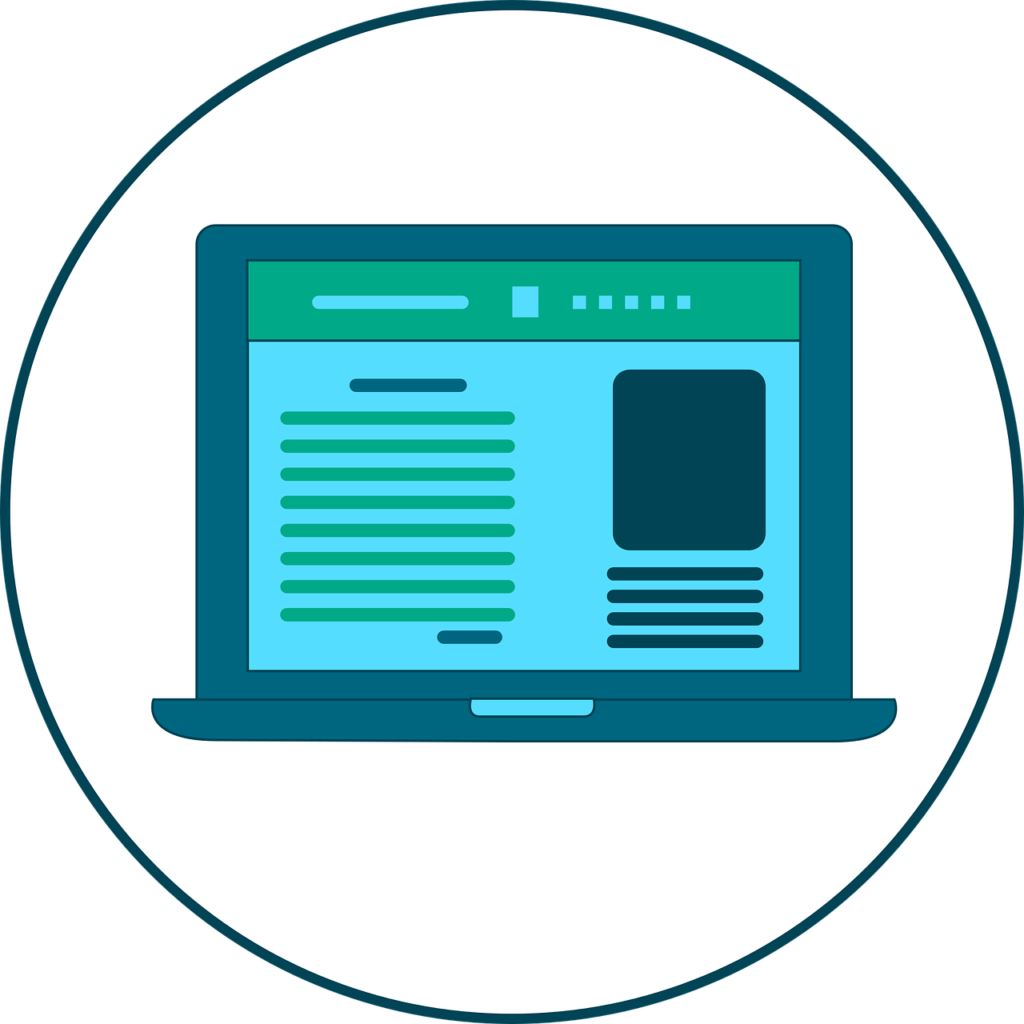
Key Elements of Blog Structure
- Homepage: This is often the first page visitors see, so it needs to be clear, engaging, and easy to navigate. Consider featuring your most popular posts, a brief introduction, and easy-to-find categories.
- Categories: Organize your content into categories that make sense for your niche. This will help your readers find what they’re looking for and help search engines understand your blog’s main topics.
- Menu Navigation: Your blog’s menu should be simple and intuitive. Include links to your key pages, such as About, Contact, and Categories. Make sure it’s easy for users to find their way around your site.
- Internal Linking: Internal links connect different posts on your blog, helping readers discover more content and improving your site’s SEO. For example, if you write a post about budget travel tips, you might link to other posts about specific destinations.
I created a simple, user-friendly structure for my blog with clear categories and a consistent design. I also included a search bar and related posts section to engage readers.
Learn More: How to Structure Your Blog for Success
4. Brainstorm Blog Post Ideas

Why You Need a Content Plan Before You Launch
Before you hit that “publish” button on your first post, it’s essential to have a list of blog post ideas ready to go. A content plan was a game-changer for me when I started my blog. A content plan helps you stay consistent and always publish content that resonates with your audience.
How to Generate Blog Post Ideas
Start by thinking about the pain points and questions your target audience has. What are they struggling with, and how can you help?
- Keyword Research: Use tools like Ahrefs, SEMrush, or Google’s Keyword Planner to find popular search terms in your niche. This can help you identify topics that people are actively searching for.
- Answer Common Questions: Think about the questions your audience might have. For example, if you’re starting a health blog, common questions might include “What are the best foods for weight loss?” or “How do I start a workout routine?”
- Use tools like AnswerThePublic or Ubersuggest to discover what people are searching for in your niche.
- Check Out Forums and Social Media: Sites like Reddit, Quora, and Facebook groups are gold mines for blog post ideas. See what questions people are asking in your niche, and create content that answers those questions.
- Competitor Content: Look at the topics your competitors are writing about. Can you offer a different perspective or go more in-depth?
- Create a Mix of Evergreen and Trending Content: Evergreen content stays relevant over time while trending content taps into current events or popular topics. A mix of both can help you attract and retain readers.
I also recommend keeping a content calendar. This simple tool helped me stay organized and consistent. I planned out my posts at least a month in advance, which reduced the stress of coming up with ideas on the fly.
Learn More >: How to Generate Blog Post Ideas
5. Plan How Your Blog Will Make Money
Understanding Blog Monetization
When I first started blogging, one of my main goals was to turn my blog into a source of income. However, I quickly learned that making money from a blog takes time, requires a clear monetization strategy, and requires much hard work.
Common Blog Monetization Strategies
There are several ways to make money from a blog, including:
- Affiliate Marketing: One of the most popular ways to monetize a blog. You promote products or services on your blog and earn a commission when someone purchases through your affiliate link. It’s particularly effective in niches like technology, fashion, or health.
- Sponsored Posts: Companies may pay you to write posts featuring their products or services. It’s important to disclose these posts as sponsored content to maintain transparency with your readers.
- Ad Networks: Displaying ads on your blog is another way to generate income. Ad networks like Google AdSense make it easy to get started, but remember that ad revenue often depends on your traffic levels.
- Selling Products or Services: If you have a skill or product to offer, you can sell it directly on your blog. This could be anything from eBooks to online courses to consulting services.
- Membership or Subscription Models: Offer exclusive content or benefits to readers who subscribe for a monthly fee. This works well if you provide high-value content, such as in-depth tutorials or industry insights.
I started with affiliate marketing because it was easy to implement and didn’t require a large audience. As my blog grew, I added sponsored posts and created a digital product, significantly boosting my income. Diversifying my income streams made my blog more profitable and less dependent on any single source of revenue.
Learn More >: How to Monetize Your Blog
6. Decide If Your Blog Will Be Hosted or Self-Hosted
Hosted vs. Self-Hosted Blogs: What’s the Difference?
One of the first technical decisions you’ll need is whether to go with a hosted or self-hosted blog. I first needed clarification on this, but it’s pretty straightforward.
- Hosted Blogs: Platforms like WordPress.com or Blogger host your blog for you. They’re easy to set up and often free, making them popular for beginners. However, hosted blogs have limitations in customization, control, and monetization options.
- Self-Hosted Blogs: With a self-hosted blog, you have full control over your site. You’ll need to purchase a domain name and web hosting service, but you can customize your blog to your heart’s content. WordPress.org is the most popular platform for self-hosted blogs.
Why I Chose Self-Hosting
For my blog, I chose to go the self-hosted route. This gave me complete control over my site, allowed me to customize it as much as I wanted, and allowed me to monetize it fully.
For most new bloggers, I recommend WordPress.org. While it requires a bit more effort to set up, its flexibility, scalability, and control are worth it in the long run. Plus, there’s a massive community and countless tutorials to help you.
Learn More: Hosted vs. Self-Hosted Blogs: Which Is Right for You?
7. Decide on Hosting
Choosing the Right Hosting Provider
Once you choose a self-hosted blog, the next step is to select a hosting provider. Your host is where your blog lives on the Internet, so choosing a reliable one is important.
When choosing my host, I looked for a provider that offered fast loading times, excellent customer support, and affordable pricing. After researching several options, I settled on Hostinger because it checked all these boxes.
I started with a Premier shared hosting plan on Hostinger, which is perfect for my beginner needs. As my traffic grew, I eventually upgraded to a business plan to ensure my site could handle the increased load. Having a reliable hosting provider made a huge difference in my blog’s performance and user experience.
Factors to Consider
When choosing a hosting provider, consider:
- Speed: A fast website is crucial for user experience and SEO.
- Uptime: Your blog needs to be available to readers 24/7.
- Support: Choose a host that offers 24/7 customer support.
- Pricing: Make sure the hosting plan fits within your budget.
- Scalability: As your blog grows, you may need to upgrade your hosting plan.
Learn More: How to Choose the Best Hosting Provider for Your Blog
8. Decide on a Business Name (URL)
The Importance of a Memorable Blog Name
Your blog’s name is your first impression on potential readers, so it’s worth getting it right. When I chose my blog’s name, I wanted something memorable, easy to spell, and reflective of my niche.
Tips for Choosing a Blog Name
Start by brainstorming words and phrases related to your niche. Try to come up with something unique but also easy to remember. It’s also important to choose a name that has an available domain name.
I reviewed several name ideas before settling on one that fit my niche and was easy to remember. I also made sure to purchase the domain name immediately to secure it. The name has become a key part of my brand, and I’m glad I took the time to choose the right one.
I also made sure that the name I chose was available on social media platforms, which brings us to the next step.
Learn More: How to Choose the Perfect Blog Name
9. Check the Availability of Social Media Handles
Consistency Across Platforms
In today’s digital world, having a strong social media presence is crucial for driving traffic to your blog.
When I launched my blog, I immediately secured my social media handles that matched its name.
This helped me maintain consistent branding and made it easier to promote my blog across different platforms. I’ve seen other bloggers struggle when they couldn’t get matching handles, so I highly recommend doing this early on.

Why Social Media Handles Matter
Consistent branding across your blog and social media profiles helps build trust with your audience. It also makes it easier for readers to find and follow you on different platforms.
Use a tool like Namechk to see if your blog name is available on major social media platforms. This tool will show you if your desired handle is taken on platforms like Twitter, Instagram, and Facebook.
If your desired handle has already been taken, consider adding a keyword related to your niche or your name. For example, if your blog name is “Healthy Eats” and that handle is taken, you could try “HealthyEatsBlog” or “HealthyEatsByJane.”
Learn More: How to Secure Social Media Handles for Your Blog
10. Set Up Essential Pages
Why You Need Key Pages on Your Blog
Before posting content, it is important to have a few essential pages on your blog. These pages help you communicate with your readers, establish credibility, and comply with legal requirements.
Must-Have Pages for Your Blog
Here are the key pages you should create before launching your blog:
- The About Page is where you tell your story. Share who you are, your blog, and why readers should care. When I wrote my About page, I focused on connecting with my audience by sharing my journey and what motivated me to start my blog.
- Contact Page: Make contacting you easy for readers, brands, and potential collaborators. Include a contact form or your email address, and consider adding links to your social media profiles.
- Privacy Policy and Disclaimer: These pages are essential for legal reasons, especially if you plan to monetize your blog. A Privacy Policy explains how you collect and use data from your visitors, while a Disclaimer clarifies any legal liability. When I first started, I used a free online generator to create these pages.
- Resources Page: Create a resources page if you plan to monetize your blog through affiliate marketing or offer tools and resources to your readers. My Resources page lists all the tools and products I use and recommend, along with affiliate links.
Learn More: Essential Pages Every Blog Needs/ How to Set Up Essential Pages for Your Blog.
11. Install Necessary Plugins and Tools
Boosting Your Blog’s Performance
Plugins and tools are like the Swiss Army knives of the blogging world—they help you enhance your blog’s functionality, improve SEO, secure your site, and more. For WordPress users, plugins are particularly valuable because they allow you to add features without coding.
When I started using WordPress, I had yet to learn about plugins. However, once I discovered their power, I quickly installed the essentials like Yoast SEO and Wordfence. These plugins made my blog more secure, helped me improve my SEO, and tracked my growth.
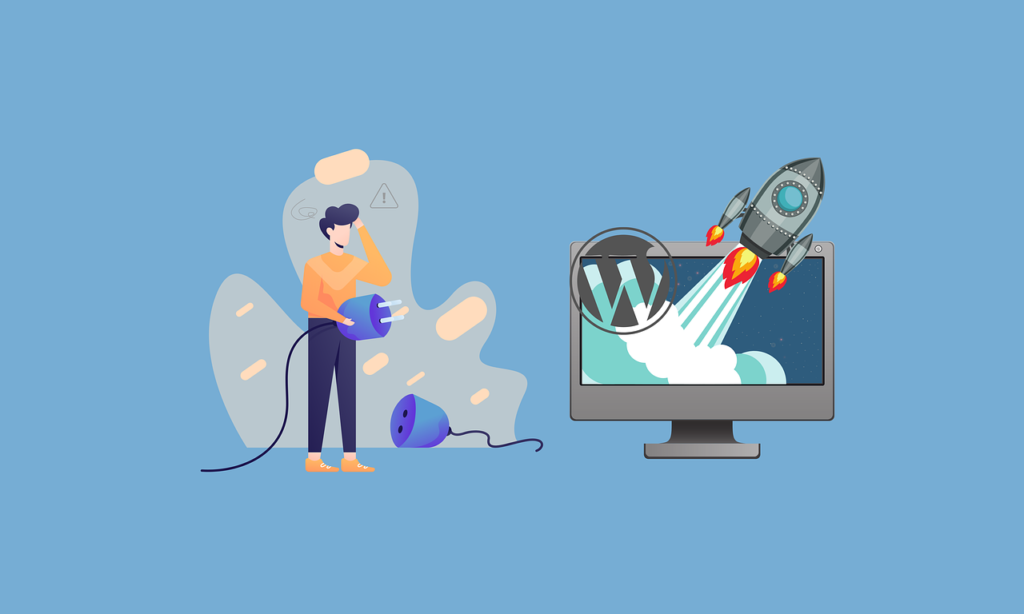
Essential Plugins for Beginners
Here are some must-have plugins that I installed on my blog from day one:
- Yoast SEO: This plugin is a lifesaver for optimizing your content for search engines. It helps you with everything from keyword optimization to creating XML sitemaps.
- Google Analytics for WordPress by MonsterInsights: This plugin connects your blog to Google Analytics, allowing you to track your blog’s performance and better understand your audience.
- Akismet Anti-Spam: This plugin helps keep your blog free from spam comments, which can be a big headache as your blog grows.
- WP Super Cache: A caching plugin is essential for speeding up your blog’s load times, and WP Super Cache is a great option.
- UpdraftPlus: Regularly backing up your blog is crucial, and UpdraftPlus makes it easy to create and store backups.
Over time, I added tools like Canva and Grammarly, which helped me create better content and grow my audience.
Learn More: Best Plugins for New WordPress Bloggers
Final Thoughts
Starting a blog in 2024 requires careful planning and understanding of the essential steps before launching. These guidelines will set a strong foundation for a successful blog that can grow over time.
Remember, blogging is a marathon, not a sprint. Take your time with each step, and don’t be afraid to tweak things as you go along. The most important thing is to start and keep learning as you grow.
Feel free to reach out if you have any questions or need further guidance. I’ve been where you are and am here to help you succeed in your blogging journey.
Happy blogging!

